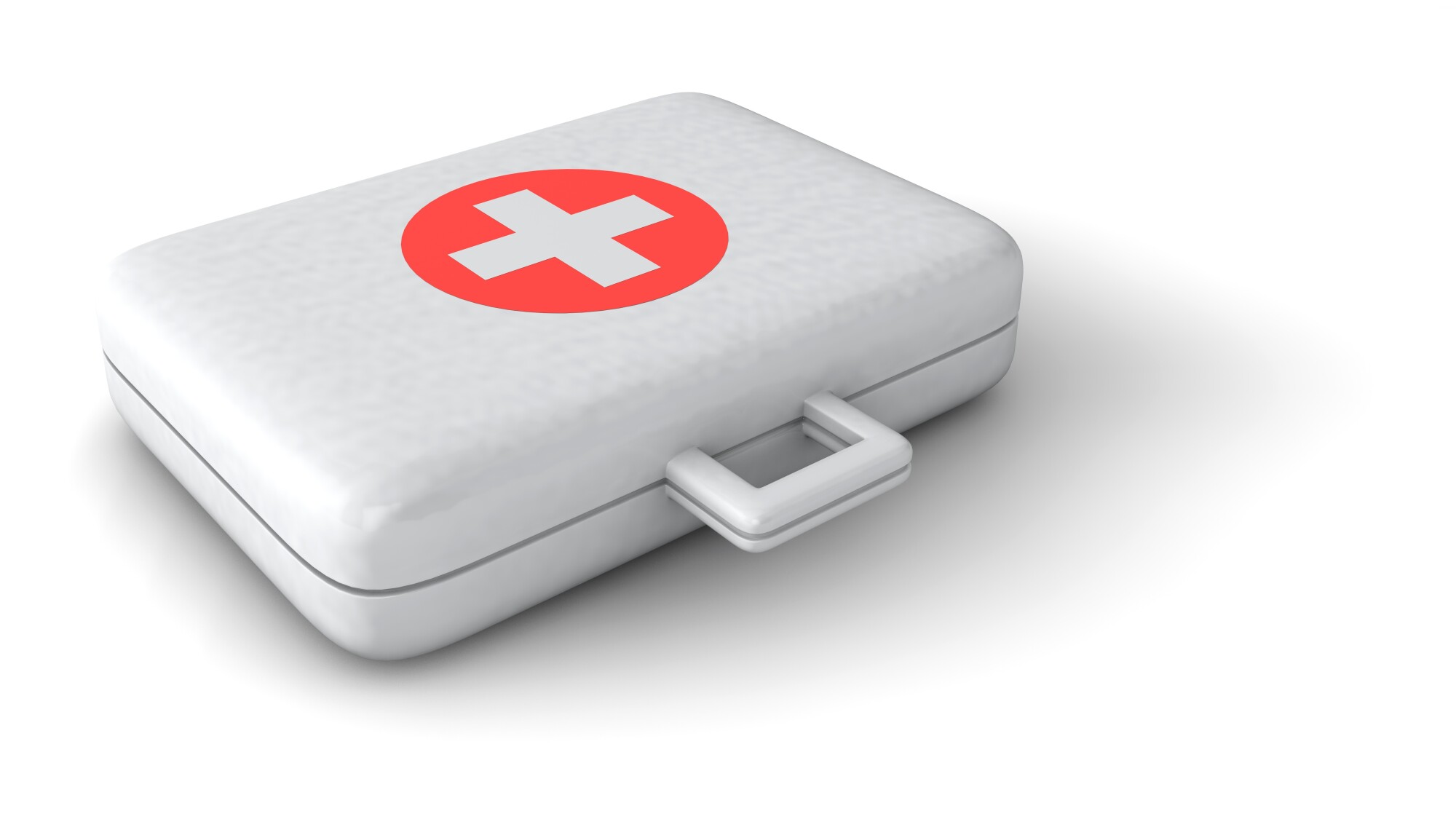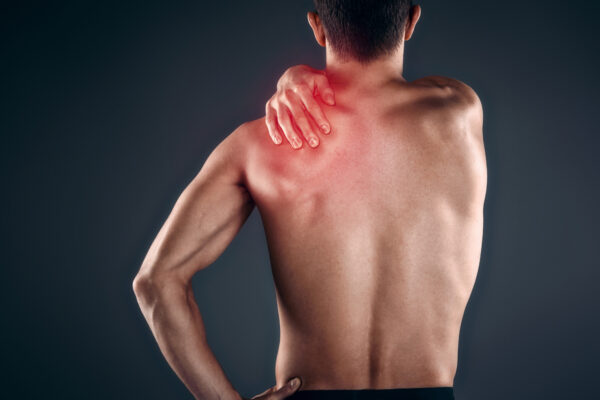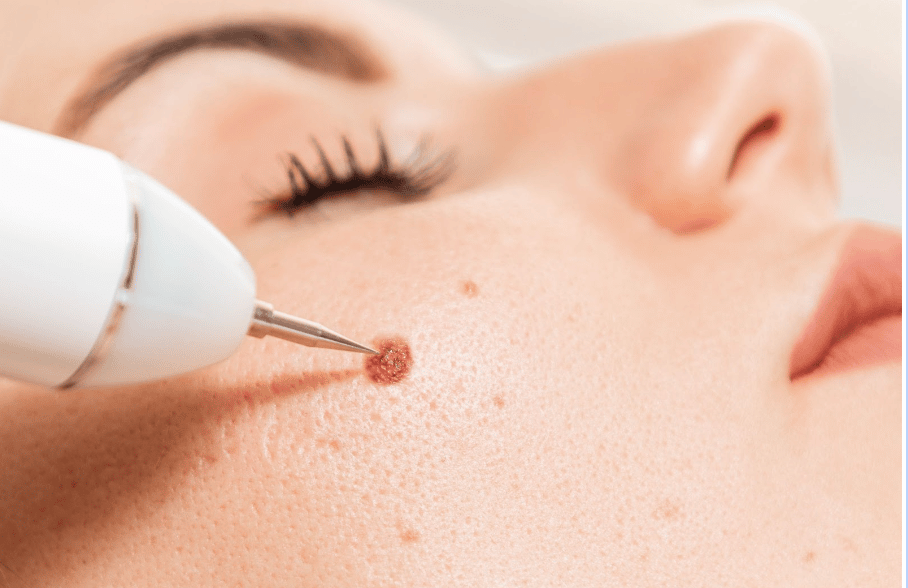When you have kids in the home, you need a first aid kit. There’s no doubt that there will be times when injuries and booboos occur. The moment your child is hurt, you need a quick way to relieve their pain and put their mind at ease.
Having all the right first aid supplies in a handy spot will help you do this. Although your first aid kit should have all the necessary supplies to treat cuts and burns that happen on a normal day, it should also contain supplies to keep you prepared for natural disasters and injuries that might happen because of one as well.
When’s the last time you reviewed the items in your first aid kit? Do you know what’s all inside of it and what you’re missing?
In the guide below, you’ll learn how to make a kit and how to stay prepared. Continue reading to learn more!
Know Your Family’s Needs
The first thing you need to decide before creating your first aid kit is what your family’s specific needs are. There are basic essentials to have in your kit, but before you stock up on those items, you need to make sure you have specific items to ensure your family stays healthy and safe. These specific items might depend on any special conditions a family member has or the type of activities your family likes to partake in.
For example, do any of your family members need a certain medication, such as insulin or an inhaler? It’s a good idea to have these items in your kit to have them handy when needed. If your children like to play outside in the sun a lot, then you’ll want to include sunscreen and aloe in your kit as well.
You can also include first aid supplies for your pets or repair kits for bikes and other equipment.
Grab the Essentials
Now it’s time to look at the first aid essentials. All first aid kits should have the following:
- Bandages
- Gauze pads
- Splints and wraps
- Medical tape
- Antibiotic ointment
- Rubbing alcohol
- Asprin
- Tweezers
- Scissors
You can also consider adding some extra items such as cream or insect bites, hand sanitizer, anti-itch cream, nitrile gloves, an emergency blanket, a cold compress, a thermometer, and more. Think about that one item you always find yourself needing but never have. Add that item to your kit.
Refill on a Regular Basis
You’ll need to refill your first aid kit on a regular basis. Over time, some supplies will expire and need to be switched out with new items. How often you refill and replace these items depends on how often you use your first aid kit.
For most people, once or twice a year is a good routine. You’ll need to check the expiration dates on medications and replace old bandages with new ones. If you have a flashlight and other electronics in your kit, then you’ll need to ensure these items still work as intended.
Test them out and replace batteries if needed. Doing so will ensure your kit is always ready to go and up to date.
Where to Keep the Kit
The best place to keep your kit is somewhere that’s easy to reach. You need your kit to be accessible at all times to ensure you can quickly grab it and use it when needed. A central location in the home where all adults can reach is ideal.
It’s also a great idea to have multiple kits. Keep one large one in your home and another in your car. You can then keep a small one in the diaper bag, in a purse, or any other location where it could be beneficial.
How to Use the Kit
Knowing how to properly use your first aid kit is crucial. The last thing you want to do is make an already bad situation worst. All medications and first aid supplies should be used as directed.
Active Ingredients
All active ingredients should be examined and researched. You don’t want to mix two medications together if not recommended. You also want to be on the lookout for medications that could cause a rash or other possible side effects.
Each item in your kit will also have instructions for proper use. Read these instructions thoroughly and be sure to follow them precisely. You don’t want to misuse anything, and you don’t want a bandage sticking to an open wound either.
You should also stay clear of placing vaseline and anti-biotic ointments on burns. Instead, use aloe.
Dosing Directions/Storing Options
Be sure to read the dosing directions as well, since some small children may not be able to take certain medications or may need to take a smaller dose.
Another thing to keep in mind is the kit’s exposure to heat. Certain medications such as insulin need to be kept cool. For this reason, you’ll need to refrain from placing something like insulin in the first aid kit in the car.
Instead, you’ll need to remember to bring it with you. You can build an on-the-go kit that you grab and take with you each time you leave the house to prevent certain medications from sitting in the heat.
Have You Prepared Your First Aid Kit?
Do you have a first aid kit prepared in your home? If not, then now is the best time to start putting one together. If you do already have one, then use this guide to ensure you have all the necessary supplies in the kit and check that everything’s up to date.
For more helpful advice on a variety of topics, visit here on a daily basis!











